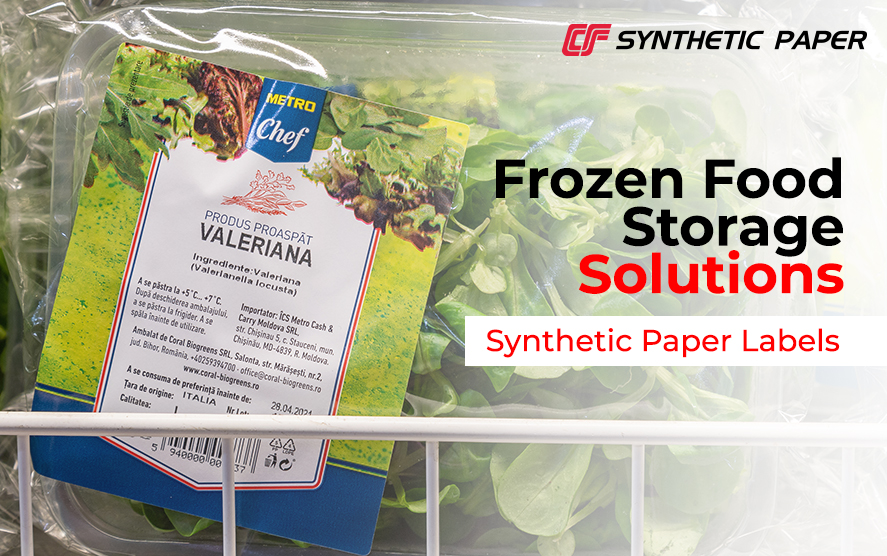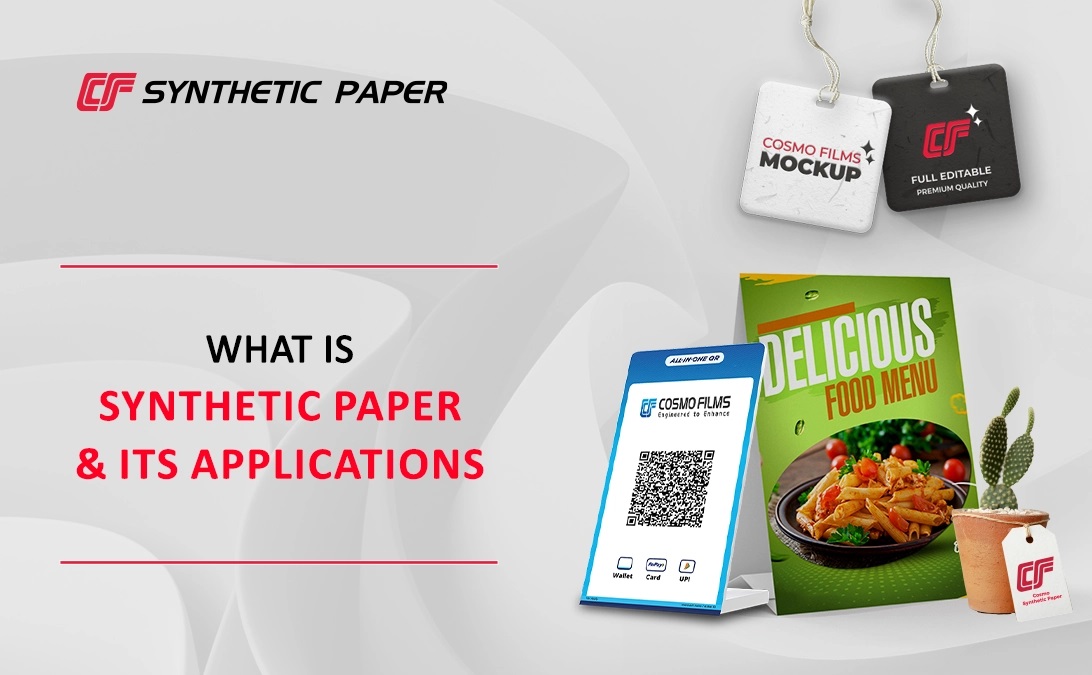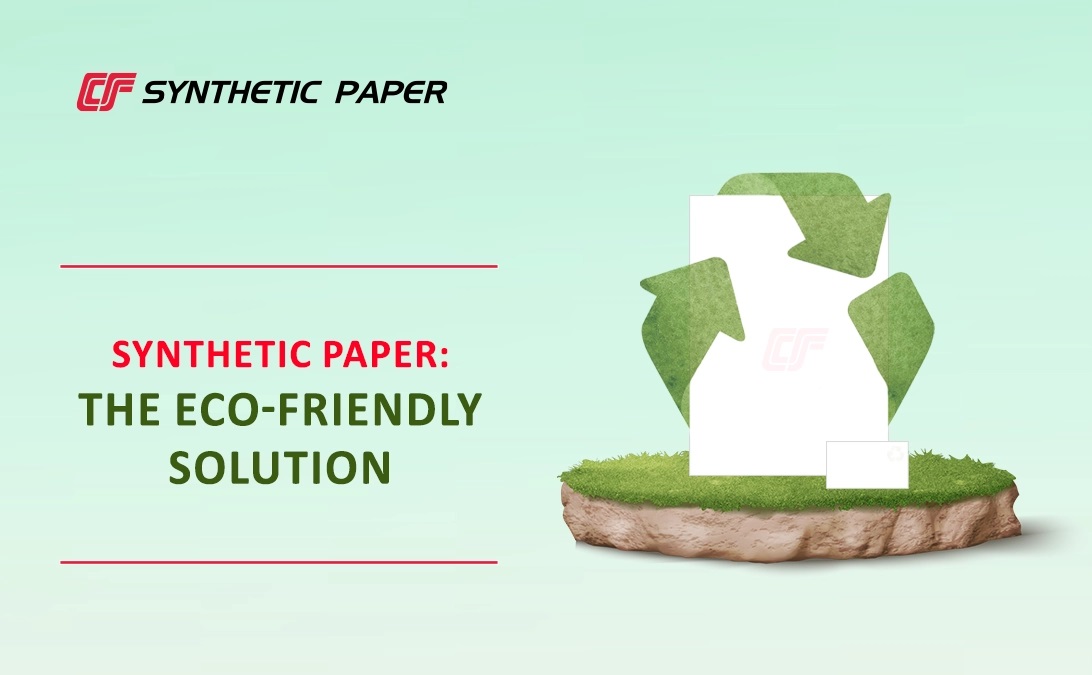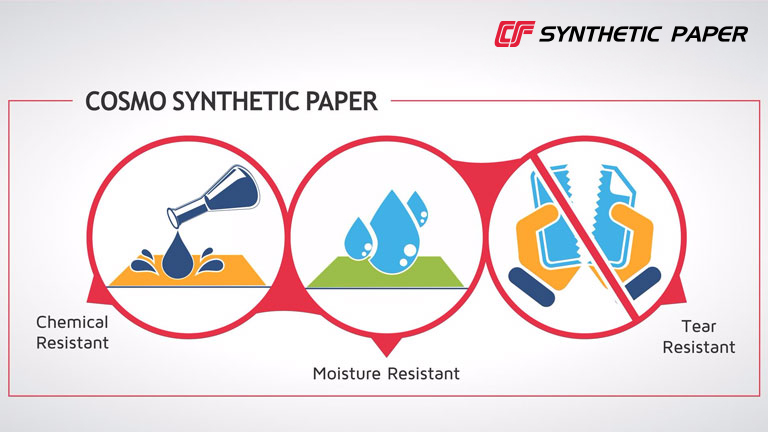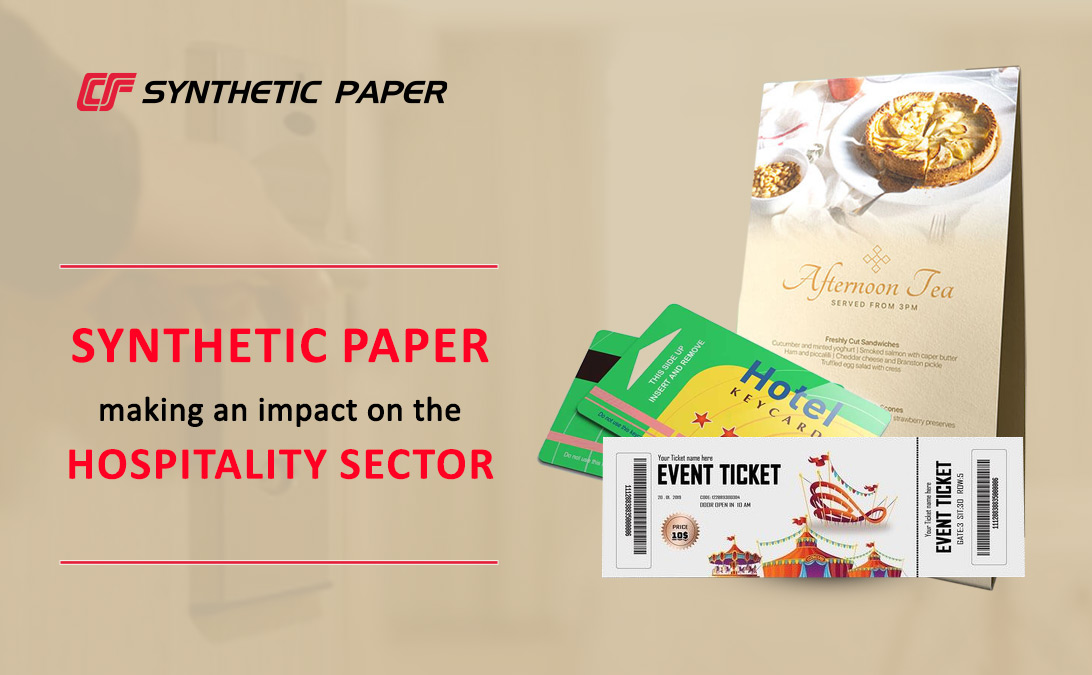As a brand, you want the labels of your frozen food packaging to look unique and attractive, and, most importantly, they must remain intact, and not fade and wrinkle over time. The frozen food cold chain market faces major challenges when it comes to finding solutions to withstand cold, frost, and extreme temperature changes that cause the labels and tags of these products to fade, wrinkle, or tear.
The global food cold chain market size was estimated at USD 44.71 billion in 2022. This size is expected to grow at a CAGR of 17.3% from 2023 to 2030, and, therefore, the need to find a solution to overcome the aforementioned issues is paramount.
These tags and labels not only enhance the packaging but also provide essential information to product users. With the emergence of synthetic paper, a new era of innovation is here, as it offers a range of benefits that reshape the way frozen foods are stored in chilled temperatures.
The Role of Synthetic Paper in Frozen Food Storage
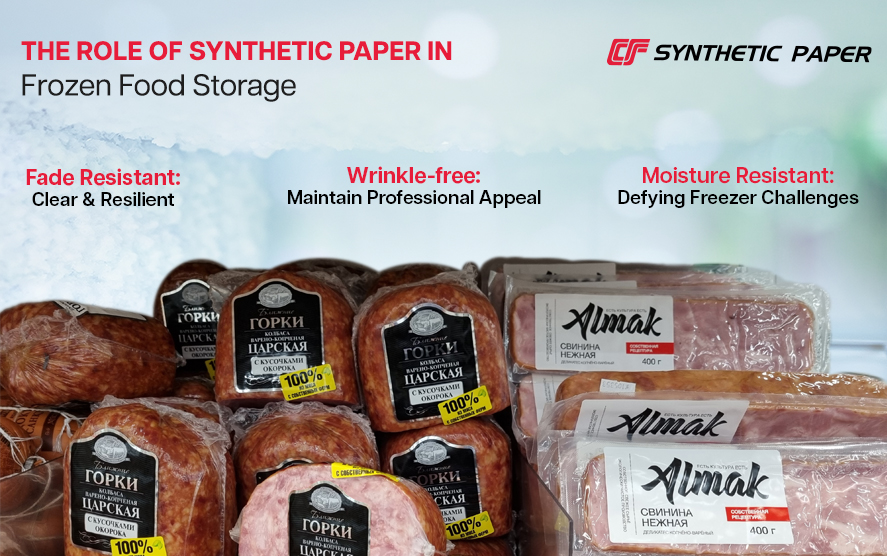
The global synthetic paper market size is expected to reach USD 1573.44 million by 2030. This growth can be directly linked to the numerous benefits this water-resistant paper offers. When used as tags and labels for frozen foods, some of the following benefits make synthetic paper ideal for use in this industry:
- Fade Resistant: Clear & Resilient
It is important that the essential information, like expiry and manufacturing date, stays intact on the labels and tags of food products. Sometimes, due to extreme temperatures, the labels can lose clarity over time, or when the products are kept/stacked together, they may get rubbed against each other, and the information on the label fades. Therefore, preserving vital information is paramount, which can be achieved with the help of Cosmo Synthetic Paper, which is fade-resistant. This exceptional paper maintains its vibrancy and clarity over time.
- Wrinkle-free: Maintain Professional Appeal
The first thing a consumer does after picking up a food product is read the information printed on the label, like manufacturing date, expiration date and cooking details. The labels on frozen food packets are prone to wrinkling and creasing due to the cold environment of the freezer in which they are stored. Therefore, maintaining the important information is essential, which is possible with wrinkle-free synthetic paper, that also enhances the visual appeal of the packaging.
- Moisture Resistant: Defying Freezer Challenges
The most important common problem that a label goes through is that they become soggy due to moisture and distort. However, the synthetic paper for labels and tags, when used for frozen food packaging, remains unaffected by condensation, stays crisp, legible, and free from distortion, providing consumers with accurate and reliable information at all times.
For example, frozen food packages at a grocery store have labels or tags with important info like cooking instructions or expiry dates. In a cold freezer, the light isn't always great. However, synthetic paper is designed to handle bright lights, even in freezers. So, no matter how long the frozen food stays in the freezer, the label with the cooking instructions remains clear and colourful with exact details. It won't fade even if two frozen packets collide with each other. It won't wrinkle or curl up, making it difficult to read the information. Also, the synthetic paper labels and tags won't tear or distort due to their moisture-resistance properties.
Conclusion
The air and temperature of the freezer can turn labels and tags into soggy, ripped pieces. Synthetic paper for tags and labels is a lifesaver for maintaining the information and aesthetics of the product with its fade resistance, wrinkle-free, and overall durability. As consumer demand for quality continues to grow, synthetic paper will emerge as a versatile and eco-conscious solution that meets the needs of the modern frozen food industry.



